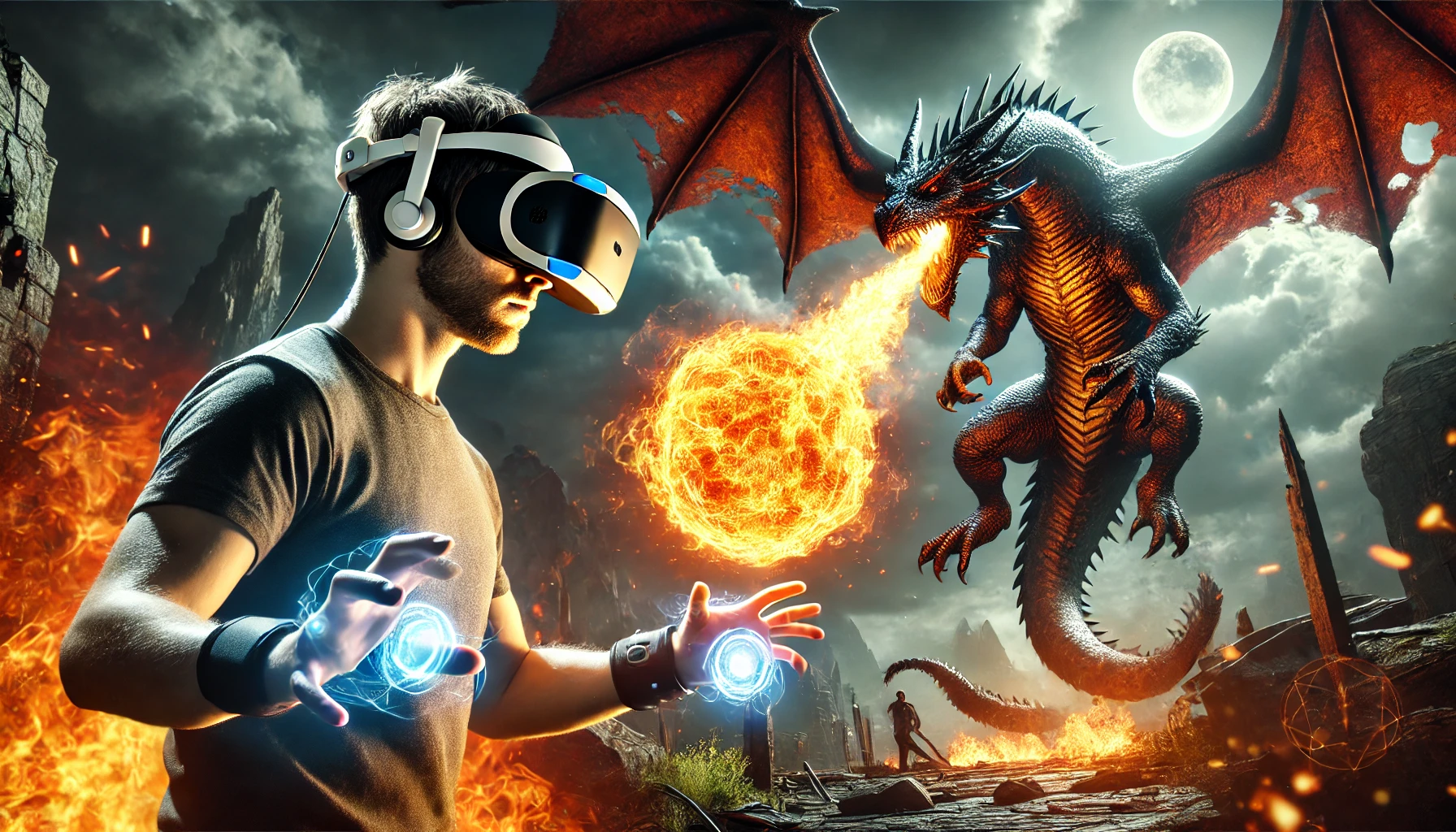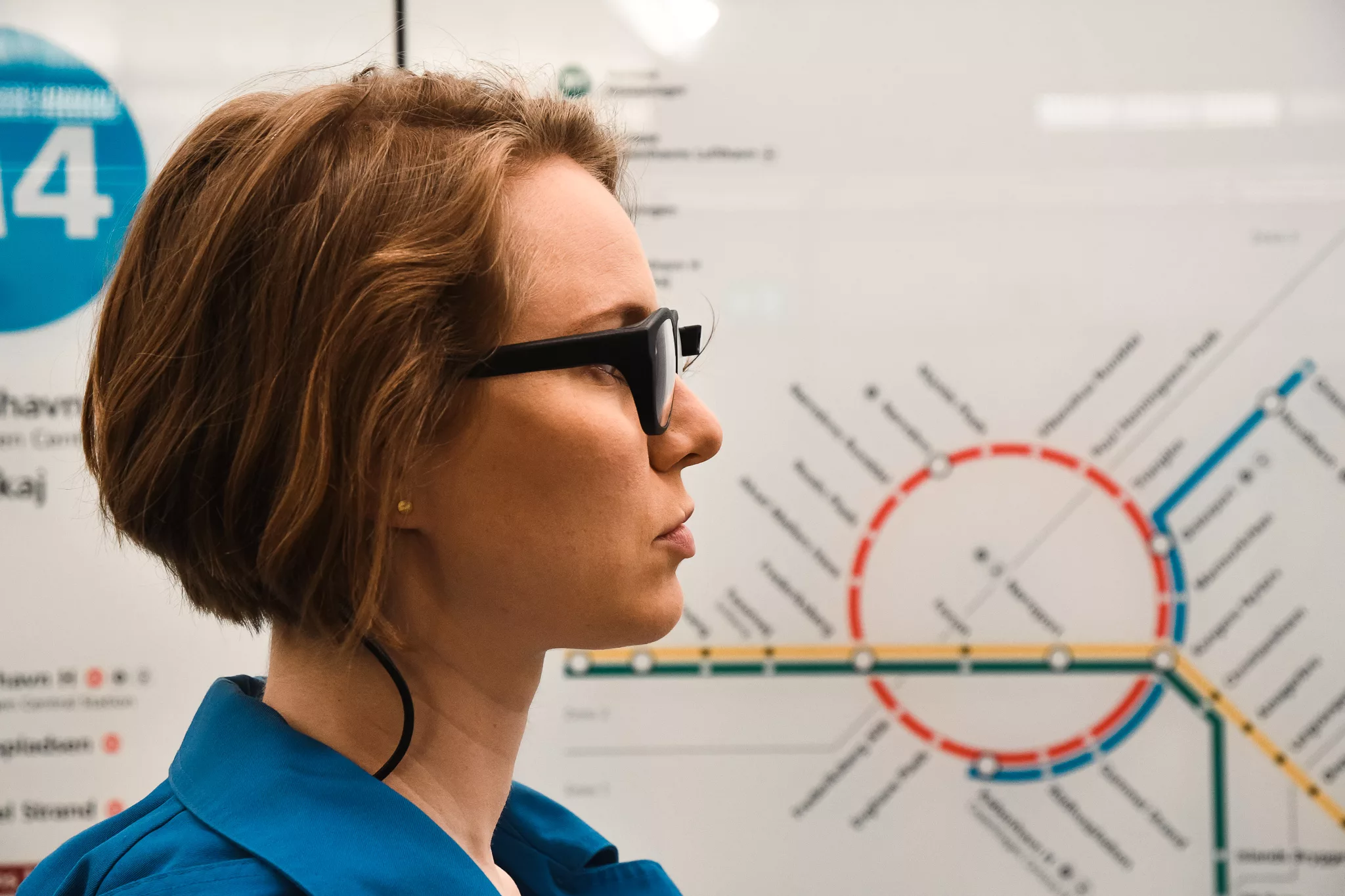-
Neurogaming: Bridging the Mind and Machine in the Gaming Universe

Neurogaming allows players to control games using their brainwaves, merging neuroscience and interactive entertainment. Originating from brain-computer interfaces (BCIs) in medical applications, it evolved with consumer-grade EEG headsets. Today, neurogaming offers immersive experiences, from virtual reality to cognitive training, with potential for significant impact in both entertainment and therapy. Moving objects with your brain, controlling…
-
Neuroeconomics: The Best of Neuroscience, Psychology, and Economics

Neuroeconomics blends neuroscience, psychology, and economics to unravel decision-making processes. By studying brain activity and cognitive functions, it reveals the neural underpinnings of economic behavior. This interdisciplinary approach enhances our understanding of risk assessment, reward processing, and social dynamics, leading to improved policies, products, and interventions for better decision-making.
-
What is Attribution Theory?

Attribution Theory explains how people interpret the causes of behaviors and events, distinguishing between internal (dispositional) and external (situational) attributions. This understanding is crucial as biases like Fundamental Attribution Error and Self-Serving Bias affect our judgments and interactions. Awareness of these biases can improve empathy, decision-making, and relationships.
-
What is the Observer Effect?

And how to mitigate its influence on behavioral studies. The Observer Effect impacts behavioral studies by altering participants’ actions when they know they’re being observed. To mitigate this, researchers can use strategies like physiological measures, habituation, naturalistic observation, blinding, computer-based testing, and pilot testing. These methods help ensure more authentic behavior and reliable data, improving…
-
The Impact of Gaze Tracking Technology: Applications and Benefits

Gaze tracking, also known as eye gaze tracking, is transforming the way we interact with technology, conduct research, and understand human behavior. By accurately measuring where a person is looking and tracking their eye movements, gaze tracking technology provides invaluable insights and enhances user experiences across various sectors. In this article, we’ll delve deeper into…
-
The Ultimatum Game

There was once a British game show called “Golden Balls,” where contestants faced a dramatic decision involving deception and trust. In this show, two finalists must choose to either split or steal a jackpot. If both choose to split, they share the money equally. If one chooses to steal while the other splits, the stealer…
-
The Stag Hunt (Game Theory)

Game theory is a fascinating field of study that explores how individuals make decisions in situations where the outcome depends not just on their own choices but also on the choices of others. It’s like studying the strategies in a chess game, but instead of chess pieces, we’re looking at human behavior and interactions. Understanding…
-
Neuroaesthetics: Decoding the Brain’s Love for Art and Beauty

Neuroaesthetics explores how our brain perceives and responds to beauty and art. By studying neural processes, it reveals how visual elements, emotions, and cognitive interpretations interact to create aesthetic experiences. This field bridges neuroscience and art, enhancing our understanding of why we find certain things visually appealing and emotionally moving. Imagine standing in front of…
-
Unlocking the Potential of VR Eye Trackers: How They Work and Their Applications

Virtual Reality (VR) eye tracking represents a cutting-edge convergence of immersive technology and sophisticated gaze tracking capabilities. By integrating eye tracking into VR headsets, developers and researchers can create more interactive and responsive virtual environments. This article explores the mechanics of VR eye tracking, its applications, and the benefits it offers. What is VR Eye…
-
Exploring Mobile Eye Trackers: How Eye Tracking Glasses Work and Their Applications

Mobile eye tracking, particularly through the use of eye tracking glasses, represents a significant advancement in understanding visual behavior in natural environments. Unlike stationary screen-based systems, mobile eye tracking allows for the analysis of gaze patterns in dynamic, real-world settings. This article explores the mechanics of mobile eye tracking with eye tracking glasses, their applications,…

